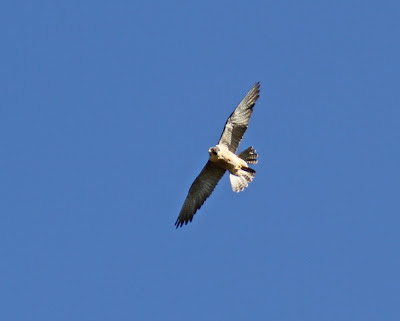1.Open a heavy box and pull out a flat stack of shrink-wrapped parts.
2. Spread everything out on the floor and find the instructions!! Each box came with 50-100 different pieces of hardware including strange fasteners, screws, nails, hinges, drawer glides, etc. It was really important to get those sorted out.
3. Step-by-step, piece-by-piece, put everything together. Remember to nominate whoever invented the cordless drill for the Nobel Prize. I don't know how we ever put anything together without one!!
The next day things went more quickly. I was more familiar with the assembly, and more importantly had Teri to help.
More parts, more instructions.
The main desktop is finished.
Third day, add the credenzas and the connecting bridge.
Done. Altogether we utilized over 1000 pieces of hardware to put this thing together!!
So the next time someone asks if we will put their desk together, we'll get a little more information. But we'll still say yes!!
Mark











































